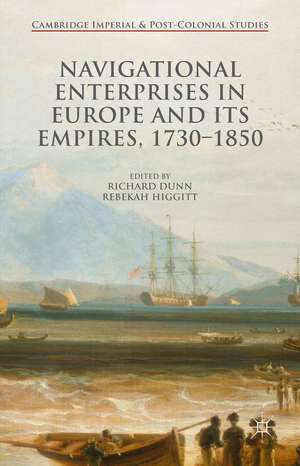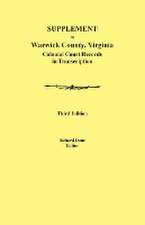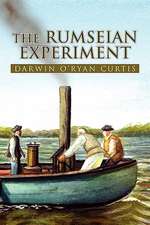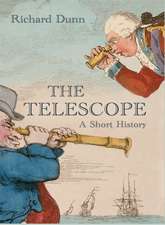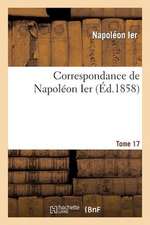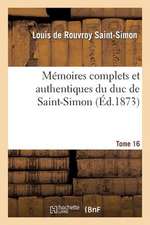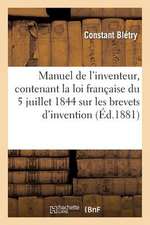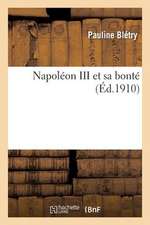Navigational Enterprises in Europe and its Empires, 1730–1850: Cambridge Imperial and Post-Colonial Studies
Editat de Rebekah Higgitt, Richard Dunn, Kenneth A. Loparoen Limba Engleză Hardback – 26 oct 2015
Din seria Cambridge Imperial and Post-Colonial Studies
-
 Preț: 397.08 lei
Preț: 397.08 lei - 20%
 Preț: 755.46 lei
Preț: 755.46 lei - 23%
 Preț: 642.51 lei
Preț: 642.51 lei -
 Preț: 196.85 lei
Preț: 196.85 lei -
 Preț: 381.21 lei
Preț: 381.21 lei - 17%
 Preț: 491.68 lei
Preț: 491.68 lei - 18%
 Preț: 894.46 lei
Preț: 894.46 lei - 18%
 Preț: 774.83 lei
Preț: 774.83 lei -
 Preț: 280.10 lei
Preț: 280.10 lei - 18%
 Preț: 733.78 lei
Preț: 733.78 lei - 9%
 Preț: 625.44 lei
Preț: 625.44 lei -
 Preț: 386.10 lei
Preț: 386.10 lei - 18%
 Preț: 782.87 lei
Preț: 782.87 lei -
 Preț: 389.70 lei
Preț: 389.70 lei - 15%
 Preț: 644.18 lei
Preț: 644.18 lei - 15%
 Preț: 500.73 lei
Preț: 500.73 lei - 15%
 Preț: 640.37 lei
Preț: 640.37 lei -
 Preț: 396.40 lei
Preț: 396.40 lei -
 Preț: 390.63 lei
Preț: 390.63 lei - 15%
 Preț: 642.03 lei
Preț: 642.03 lei -
 Preț: 387.96 lei
Preț: 387.96 lei -
 Preț: 385.47 lei
Preț: 385.47 lei - 15%
 Preț: 640.37 lei
Preț: 640.37 lei -
 Preț: 390.63 lei
Preț: 390.63 lei -
 Preț: 389.88 lei
Preț: 389.88 lei -
 Preț: 385.08 lei
Preț: 385.08 lei -
 Preț: 393.52 lei
Preț: 393.52 lei -
 Preț: 390.63 lei
Preț: 390.63 lei -
 Preț: 491.01 lei
Preț: 491.01 lei - 18%
 Preț: 1000.56 lei
Preț: 1000.56 lei - 15%
 Preț: 643.34 lei
Preț: 643.34 lei -
 Preț: 390.63 lei
Preț: 390.63 lei - 15%
 Preț: 699.93 lei
Preț: 699.93 lei -
 Preț: 384.70 lei
Preț: 384.70 lei - 18%
 Preț: 894.46 lei
Preț: 894.46 lei - 15%
 Preț: 645.79 lei
Preț: 645.79 lei - 15%
 Preț: 693.71 lei
Preț: 693.71 lei -
 Preț: 384.31 lei
Preț: 384.31 lei - 15%
 Preț: 641.20 lei
Preț: 641.20 lei -
 Preț: 394.51 lei
Preț: 394.51 lei -
 Preț: 382.36 lei
Preț: 382.36 lei -
 Preț: 395.47 lei
Preț: 395.47 lei - 18%
 Preț: 1004.48 lei
Preț: 1004.48 lei - 15%
 Preț: 648.89 lei
Preț: 648.89 lei
Preț: 698.94 lei
Preț vechi: 822.29 lei
-15% Nou
Puncte Express: 1048
Preț estimativ în valută:
133.74€ • 140.01$ • 110.66£
133.74€ • 140.01$ • 110.66£
Carte tipărită la comandă
Livrare economică 07-21 aprilie
Preluare comenzi: 021 569.72.76
Specificații
ISBN-13: 9781137520630
ISBN-10: 1137520639
Pagini: 259
Ilustrații: IX, 259 p.
Dimensiuni: 140 x 216 x 23 mm
Greutate: 0.48 kg
Ediția:1st ed. 2016
Editura: Palgrave Macmillan UK
Colecția Palgrave Macmillan
Seria Cambridge Imperial and Post-Colonial Studies
Locul publicării:London, United Kingdom
ISBN-10: 1137520639
Pagini: 259
Ilustrații: IX, 259 p.
Dimensiuni: 140 x 216 x 23 mm
Greutate: 0.48 kg
Ediția:1st ed. 2016
Editura: Palgrave Macmillan UK
Colecția Palgrave Macmillan
Seria Cambridge Imperial and Post-Colonial Studies
Locul publicării:London, United Kingdom
Recenzii
“The well-written introduction by Rebekah Higgitt and Richard Dunn provides a good overview, and even readers who are not specialists will profit from studying the contents of this important contribution. It opens up many highly interesting research perspectives and can be recommended wholeheartedly.” (Günther Oestmann, ISIS, Vol. 108 (4), December, 2017)
“The editors declare an aim of giving depth to the British story by describing analogous activity in other European countries and the transnational linkages that facilitated progress in the theory and practice of navigation. … This volume must find a place in university libraries. It is essential reading for any serious student of the development of marine navigation.”(M. K. Barritt, The Mariner’s Mirror, Vol. 102 (2), April, 2016)
“This collection of essays deals with the development and introduction of methods for finding longitude at sea between 1730 and 1850, mainly by non-British nations. … Approaching the issue from a non-British perspective considerably broad-ensour understanding and is no doubt the book’s strongest point. … this volume deserves a place in the bookcase of everyone interested in or studying the history of navigation and astronomy.” (W. F. J. Mörzer Bruyns, The Northern Mariner, Vol. 26 (1), March, 2016)
“It has achieved a set of original perspectives on the Board and its work, that were not accessible from the internal study, as well as a rich series of accounts that are valuable in their own right. … Taken together, these papers form an excellent book, which demonstrates that the study of navigation in the period, and perhaps particularly of the longitude problem, has resumed its serious engagement with historical work.” (Jim Bennett, The International Journal of Maritime History, Vol. 28 (4), 2016)
“The editors declare an aim of giving depth to the British story by describing analogous activity in other European countries and the transnational linkages that facilitated progress in the theory and practice of navigation. … This volume must find a place in university libraries. It is essential reading for any serious student of the development of marine navigation.”(M. K. Barritt, The Mariner’s Mirror, Vol. 102 (2), April, 2016)
“This collection of essays deals with the development and introduction of methods for finding longitude at sea between 1730 and 1850, mainly by non-British nations. … Approaching the issue from a non-British perspective considerably broad-ensour understanding and is no doubt the book’s strongest point. … this volume deserves a place in the bookcase of everyone interested in or studying the history of navigation and astronomy.” (W. F. J. Mörzer Bruyns, The Northern Mariner, Vol. 26 (1), March, 2016)
“It has achieved a set of original perspectives on the Board and its work, that were not accessible from the internal study, as well as a rich series of accounts that are valuable in their own right. … Taken together, these papers form an excellent book, which demonstrates that the study of navigation in the period, and perhaps particularly of the longitude problem, has resumed its serious engagement with historical work.” (Jim Bennett, The International Journal of Maritime History, Vol. 28 (4), 2016)
Notă biografică
Richard Dunn is Senior Curator of the History of Science at the National Maritime Museum in Greenwich, UK, where he has worked since 2004.
Rebekah Higgitt is Lecturer in History of Science at the University of Kent, UK, and formerly Curator of History of Science at the National Maritime Museum, Greenwich.
Dunn and Higgitt are co-authors of Finding Longitude: How Clocks and Stars Helped Solve the Longitude Problem (2014).
Rebekah Higgitt is Lecturer in History of Science at the University of Kent, UK, and formerly Curator of History of Science at the National Maritime Museum, Greenwich.
Dunn and Higgitt are co-authors of Finding Longitude: How Clocks and Stars Helped Solve the Longitude Problem (2014).
